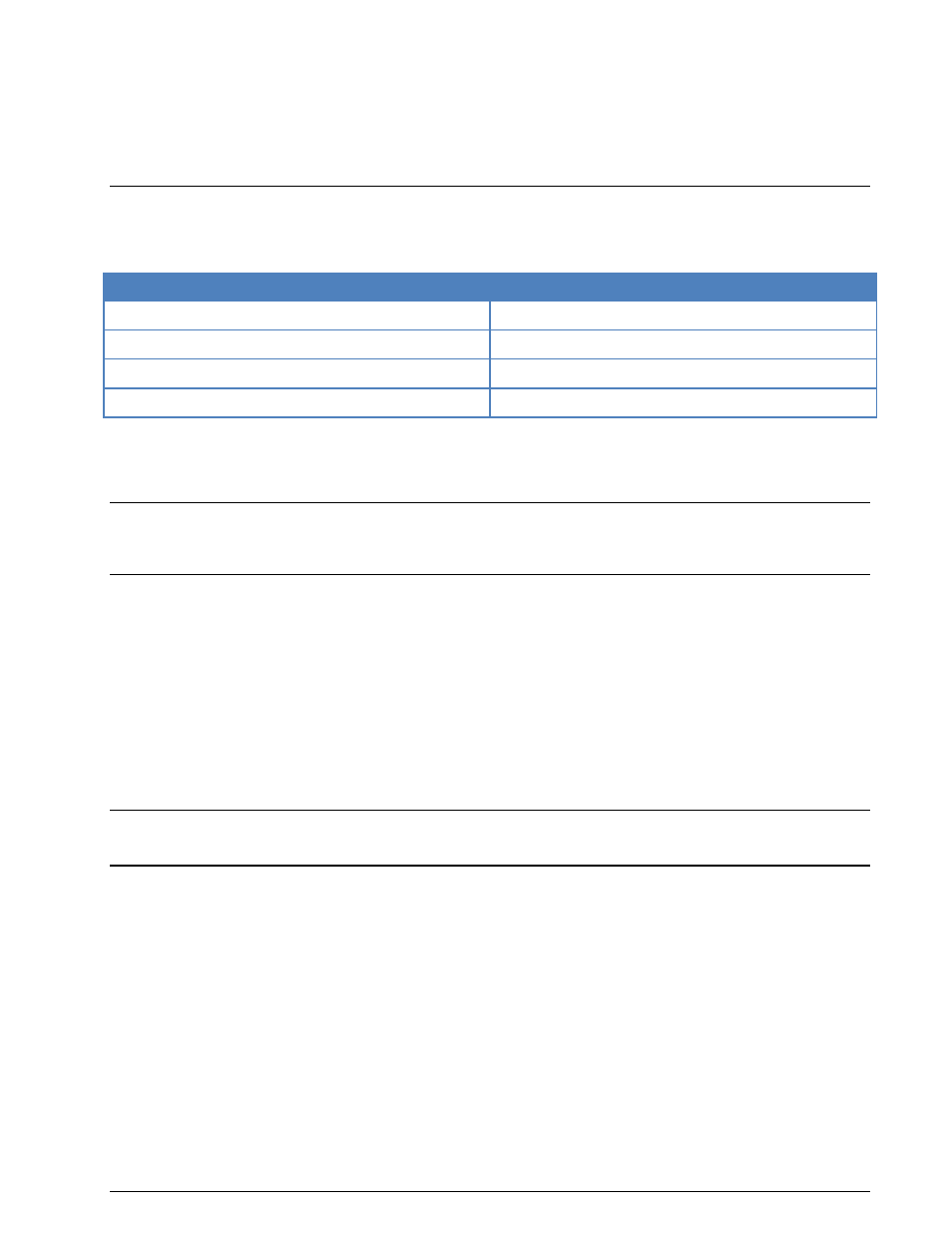Modem and fax modes, Overview, Line transmission – Wavecom W61PC V7.5.0 User Manual
Page 290

280
Modem and FAX modes
WAVECOM Decoder W61PC/LAN Manual V7.5
Modem and FAX modes
Overview
The modem and FAX modes available in the decoder are mainly used on land lines, but may in as well be
used on for instance satellite links. The modes are mainly analogue in nature.
Parameter
Value
Frequency range
200-3800 Hz (wire)
Symbol rate
2400 - 14400 Bd
Modulation
TCM, DPSK, QAM
Receiver settings
Line coupler required to record WAV files.
The modem and FAX mode is able to decode fax messages that are transmitted over the telephone wire.
There is a “Half-duplex Auto Mode” and a “Full-duplex Auto Mode” that will detect all transmission pa-
rameters automatically by analyzing the T.30 signaling.
WARNING: To interface with the line, a line coupler is required. This adapter has two functions: it con-
nects the audio from telephone line to the decoder input at the correct level, and it isolates the recorder
electrically from the telephone line. Do not connect the line directly to the decoder input; the decoder will
interfere the fax signal and may be destroyed.
Line transmission
The analogue loop
The terrestrial network supporting fax and modem modes – the Public Switched Telephone Network
(PSTN) – is still predominantly analogue in nature as far as the local loop (subscriber connection) is con-
cerned. The local loop connects the end user (subscriber) with the global PSTN via a hierarchy of ex-
changes (central offices). The exchange provides -48 VDC line voltage used for signaling and dialing and
a 90-120 VAC ringing voltage. The subscriber loop uses a balanced two-wire pair for both transmission
and reception. In the telephone set and in the exchange line card a special device called a hybrid sepa-
rates the two signal directions. Leased subscriber lines can be ordered as four wire lines having a dedicat-
ed pair for each signal direction.
WARNING: DO NOT CONNECT ANY OF THE DECODER OR PC SOUND CARD INPUTS DIRECTLY TO
A TELEPHONE LINE! Doing so is illegal and will seriously damage your PC. Use a suitable line
adapter or a recorded signal.
E1 and T1 digital trunks
Early telephone networks were entirely analogue networks end-to-end and carrying only one call per line.
However, by mid-20th century the backbone trunks had gradually been converted to Frequency Division
Multiplexed and later to Pulse Coded Modulated (PCM) digital Time Division Multiplexed coaxial cable carri-
er frequency lines, or microwave radio links, and more recently to optical Wavelength Division Multiplexed
lines. A simultaneous development naturally took place for the exchanges, which developed from electro-
mechanical devices to analogue electronic switches and then on to fully digital operation.
In spite of the progress of IP based telephony, the overwhelming majority of telephone trunks are still to-
day PCM based digital channels organized into hierarchies. These hierarchies fall into two major groups;
the European or CEPT hierarchy and the North American hierarchy. The standard CEPT E1 link consists of
30 voice and 2 signaling channels, each 64 kbps, giving a total bandwidth of 2.048 Mbps whereas the
North American T1 requires a bandwidth of 1.544 Mbps for a frame consisting of 24 channels, each 64
kbps, plus one framing bit. The basic PCM channel samples the analogue voice signal 8000 times per sec-
ond, producing 8000 8-bit words per second. Whereas the CEPT basic channel utilizes all 8 sample bits for